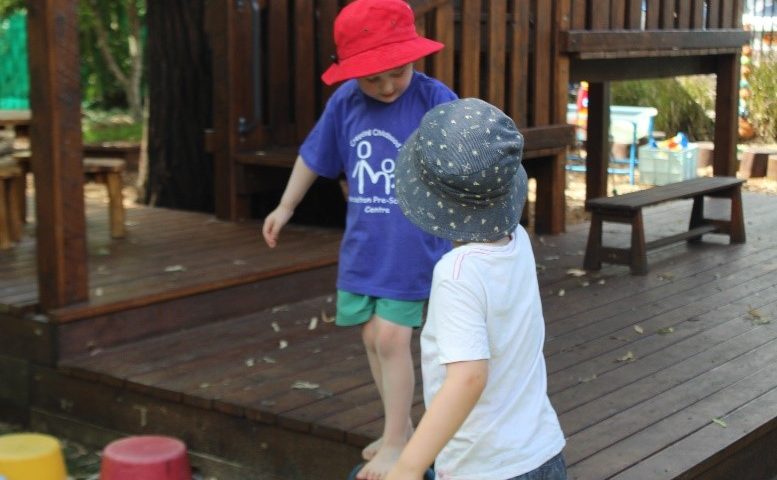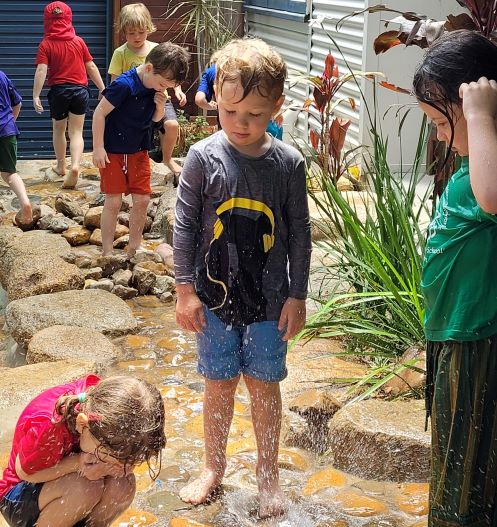
Difficult conversations
June 5, 2020
What a term! What did we learn!
June 26, 2020I’m starting this blog from where I finished the previous one…
Being kind is a choice, acknowledged in everyday moments and infused in many conversations at kindy. It’s something that can be practised. We work hard at building a caring environment affording opportunities for children to listen to each other, accept a different perspective and build resilience.
Teaching teams intentionally:
- Capitalise on moments to support a caring environment as they emerge (e.g. acknowledge helping each other put sheets on their beds or be a balance buddy).
- Support children to solve social problems so that everyone feels comfortable (e.g. It’s OK to want to play with _____. I’ve noticed ____ wants to play. How could you help _____ join in the game. Or… What could ____ do to join in this game?)
- Notice and acknowledge when one child shows concern for another. (That was a caring way you helped ____.) This response motivates children to make positive choices as they like the feeling that being helpful brings.
- Provide children with opportunities to practice caring talking and listening (e.g. role play tapping on shoulder or saying name before talking).
- Help children to interpret another’s response (e.g. What do tears mean? What does _____’s face tell you?).
- Model words and behaviours that show recompense rather than just saying sorry (e.g. When a child bumps another, rather than say sorry, words that show recompense could be Are you OK? Do you need a tissue?)
- Highlight different perspectives acknowledging that all are valid. (e.g. I like tomatoes but you don’t; You think this game is funny and ____ doesn’t.)
- Challenging the way a child responds to another. (g. How could you say that in a caring way?)
- When something doesn’t go the way expected, clarify choices. (e.g. You could choose to ‘shrug off’ some problems rather than complain or criticise.)
- Use key words (safe, fair and kind) when framing discussions to help children understand and demonstrate respectful practices.
Consistently having a kind response takes time. Patience is required. Interactions occur continually and provide innumerable opportunities to re-frame and respond in a caring way. Sometimes the first step is to stop talking long enough to listen to someone else. When children feel secure they are more likely to respond with a healthy dose of empathy.
Children watch adults and if they see kindness modelled they are more likely to respond similarly. Performing acts of kindness generates a ripple effect: let kindness flow!





